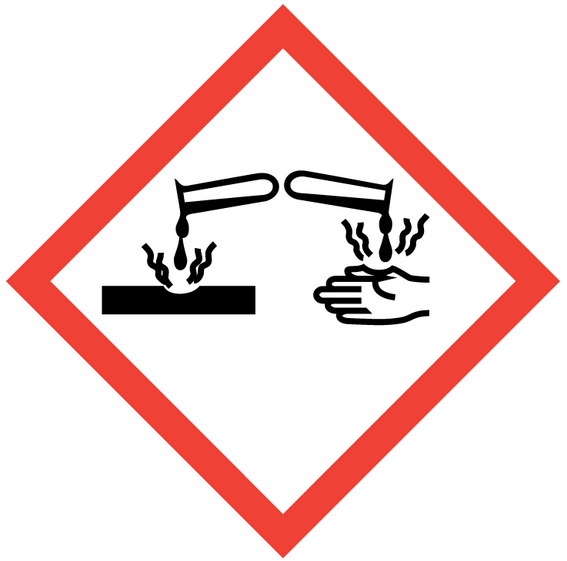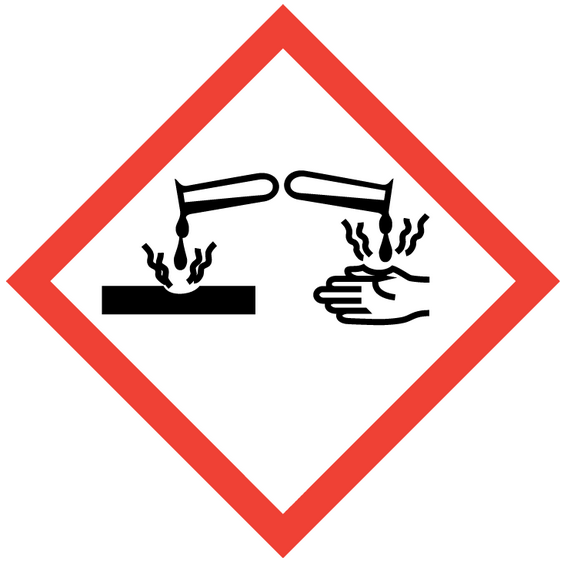The Globally Harmonized System of Classification and Labelling of Chemicals (GHS) is a UN initiative that is currently under legislative implementation by countries around the world. The European Union has implemented the GHS for pure substances since December 2010 and plans implementation for impure substances starting June 1st, 2015. The United States implemented the GHS in the spring of 2012. If you’re a supplier of hazardous materials used in the workplace in Europe or in the United States, you should label them according to standards set by the GHS which will soon come into effect in Canada.
What is the GHS?
Now in its fourth revision (since June 2011), the GHS aims to merge different national labelling standards for hazardous materials in the workplace. The national standard that will be modified in Canada is the WHMIS, which was the topic of my blog post published a few months ago and entitled “Labelling hazardous materials used at the workplace.” You might remember that the user needs to be clearly informed, by a label, of the risks posed by these materials and how to handle them. This label needs to include the following information:
- The name of the product
- The symbol(s) indicating the hazard that the product represents
- The risk phrases
- Necessary precautions
- First aid to administer
- A reminder of the existence of a material safety data sheet, when applicable
- The supplier’s name
With the implementation of the GHS, the symbols will change so that they look like those used for transportation of hazardous materials; the words used for indications will be harmonized (“harmful” and “toxic” are not synonyms when it comes to standards).
What it means for companies in Quebec
In Canada today, the implementation of the GHS has yet to be determined. The Centre patronal de santé et sécurité du travail du Québec (or in English, the Quebec Employers Centre in Health & Security at Work) feels that it won’t be necessary for Canada, like the United States, to conform to the GHS until 2015.
If you’re a company that uses hazardous materials, you have obligations regarding employee training and labelling of these materials in the workplace. If you’re a supplier, you have two years to get ready to change your labels. The publication “WHMIS After GHS: Preparing for Change” can assist you.
This change also gives you the opportunity to rethink your approach concerning the labels that you use. Maybe you’ve already considered a custom-printing solution to reduce the value of your inventory and increase your flexibility? The VP495, VIP Color’s new printer, is the ready-to-print solution for durable GHS labels, even for outdoor use, thanks to its pigmented inks.
What do you think about this harmonization? Do you think it will be fully implemented in Canada by 2015? Do you imagine yourself making different labels for your exports and domestic sales? Tell us about it!








